To support the growth of data-intensive and ultra-low latency applications, local edge data centers must be scaled out in a wide range of environments. Deploying these data centers at scale presents unique challenges for power and cooling, energy efficiency, management, and maintenance. Data center owners and operators must elevate sustainability from a concern, to a core value to minimize energy use, greenhouse gas emissions and waste. These data centers must also be designed to meet resiliency and performance targets. In this paper, we define the network edge, and briefly de-scribe how the telco cloud and IT cloud architectures will converge into a single and complementary architecture. We define the three types of distributed local edge data centers that are the building blocks of this convergence. From here we analyze the unique scaling challenges and propose best practices to help data center owners and operators deploy sustainable and resilient distributed local edge data centers at scale, at the network edge.
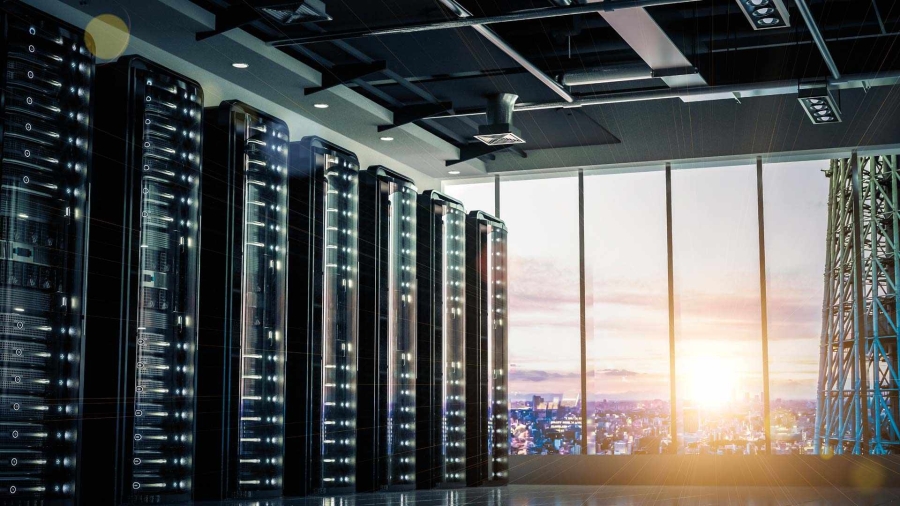
Best practices to deploy sustainable and resilient data centers at scale
June 3, 2022
Demand for low latency points to a converged IT and telco architecture and data center requirements
Best practices to deploy sustainable and resilient data centers at scale at the network edge
Next Article

December 19, 2022
Can 2022 accelerate positive change in the energy and climate arena?
The events of 2022 brought untold pain for millions around the world. But they also generated an opportunity we cannot afford to miss: to tackle the energy and the climate crises, hand-in-hand.
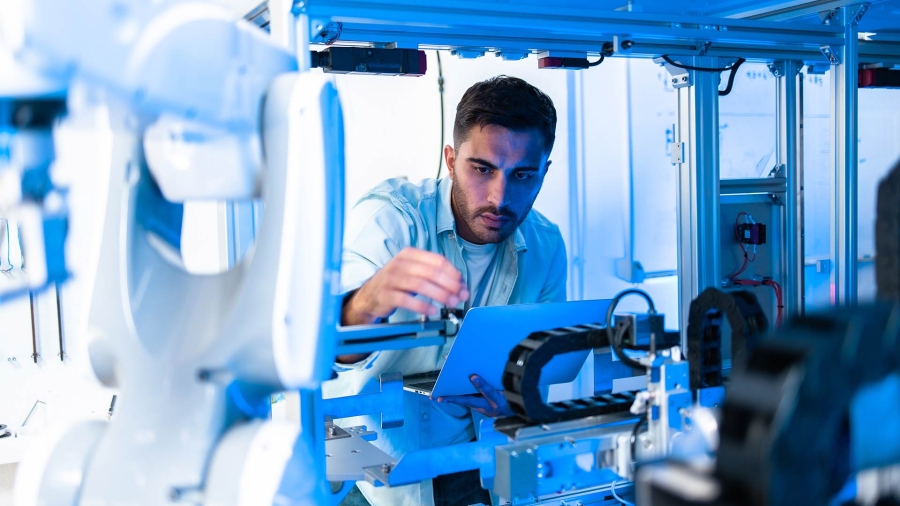
October 13, 2023
The AI disruption: Challenges and guidance for data center design
Data processing power is rising to enable AI. The paper explains AI workload attributes, trends and challenges. It offers guidance for physical infrastructure: power, cooling, racks, software management.
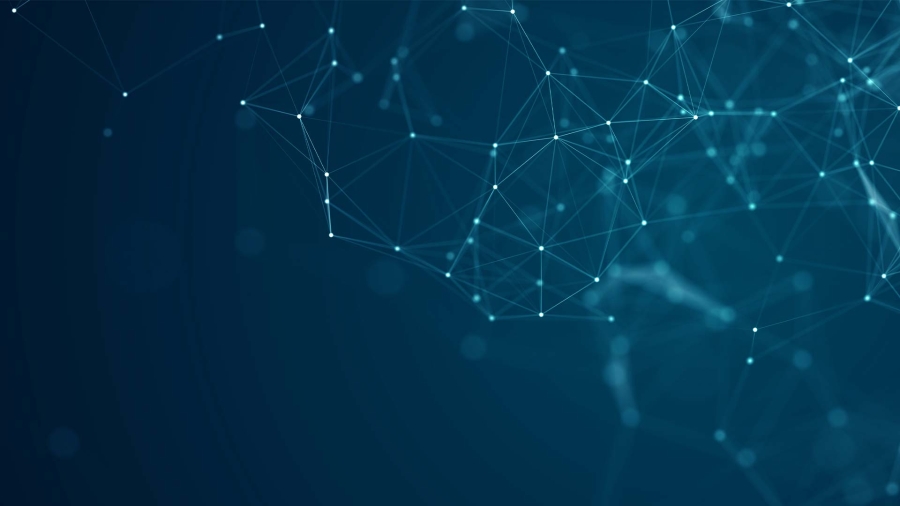
September 1, 2023
Maintaining energy security and resilience with less emissions
How can energy resilience be prioritized while reducing carbon emissions? What other difficult decisions must government agencies and large companies make to ensure a just energy transition? And what are the biggest hurdles standing in the way of decarbonization and digitalization?

March 7, 2023
Three steps to calculate total enterprise IT energy consumption using DCIM
Measuring, reporting, and managing a company’s sustainability performance is starting to drive employee retention, corporate reputation, and contribute to business success.

November 29, 2022
How modern DCIM addresses CIO management challenges
The criticality of IT in every aspect of business has driven CIOs from just filling the tactical role of deploying, operating, and maintaining IT to also focusing on business strategy.
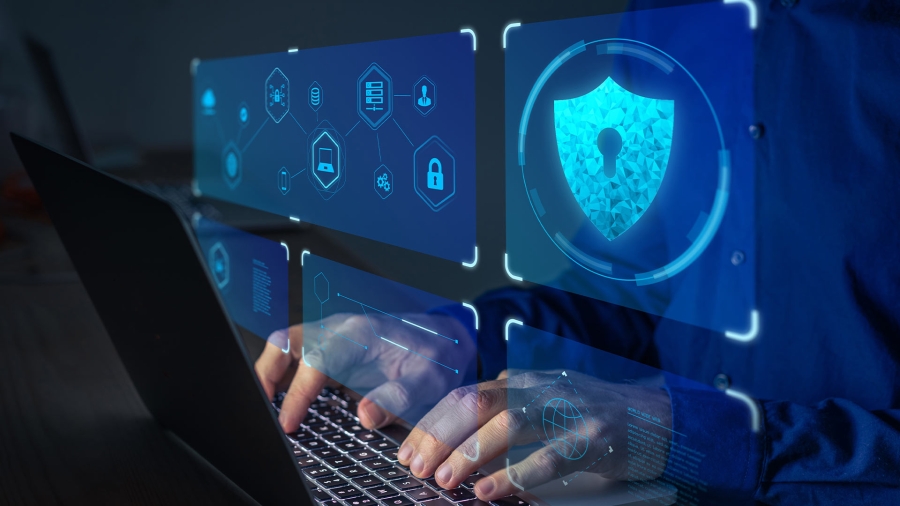
November 14, 2022
Cybersecurity Guidance for Data Center Power and Cooling Infrastructure Systems
Mitigating cyber security risks requires action from vendors and those involved in data center design, installation, operation, and maintenance. This paper covers vendor expectations, presenting best practices for each lifecycle phase.
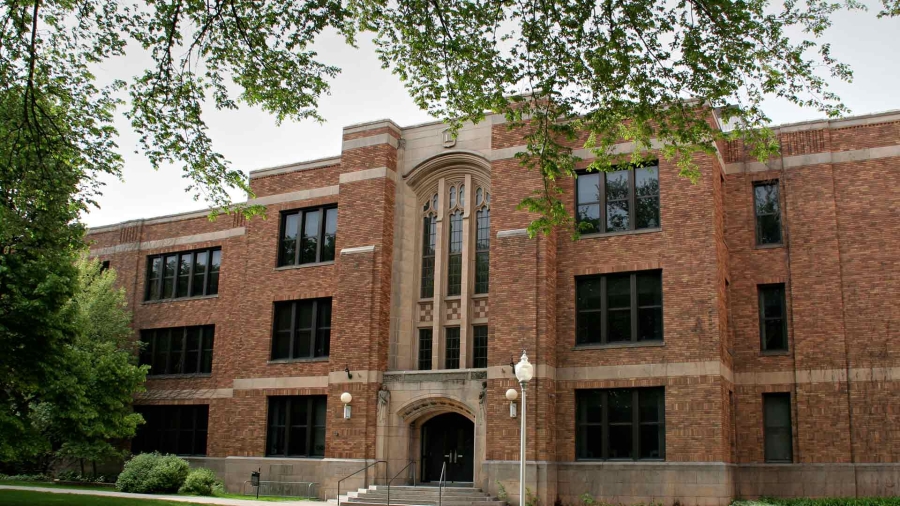
September 23, 2022
Using AI to optimize HVAC systems in buildings
AI can potentially improve building efficiency, sustainability, and health. Here’s a solution that reduced heating energy 4%, electricity use 15%, CO2e emissions 205 tonnes, occupant complaints 23%.

August 29, 2022
Electricity 4.0: Our fastest route to net-zero (infographic)
We are the first generation to truly know about climate change and be able to combat it. The good news is that current technologies already exist to deliver the net zero challenge that we all face.

May 25, 2022
How we reach zero-carbon energy independence
How organizations of all kinds can follow the science-based pathway to reach zero-carbon energy independence.

May 18, 2022
Importance Of An Ecosystem To Deliver IT Solutions That Enable Today's Digital World
While IT solution providers want to do it all — independently design, deploy, manage, and service complete IT solutions — it's simply not realistic. Solutions may be delivered in a way that's transparent to the customer but in today’s digital world, it takes an ecosystem to accomplish it.



